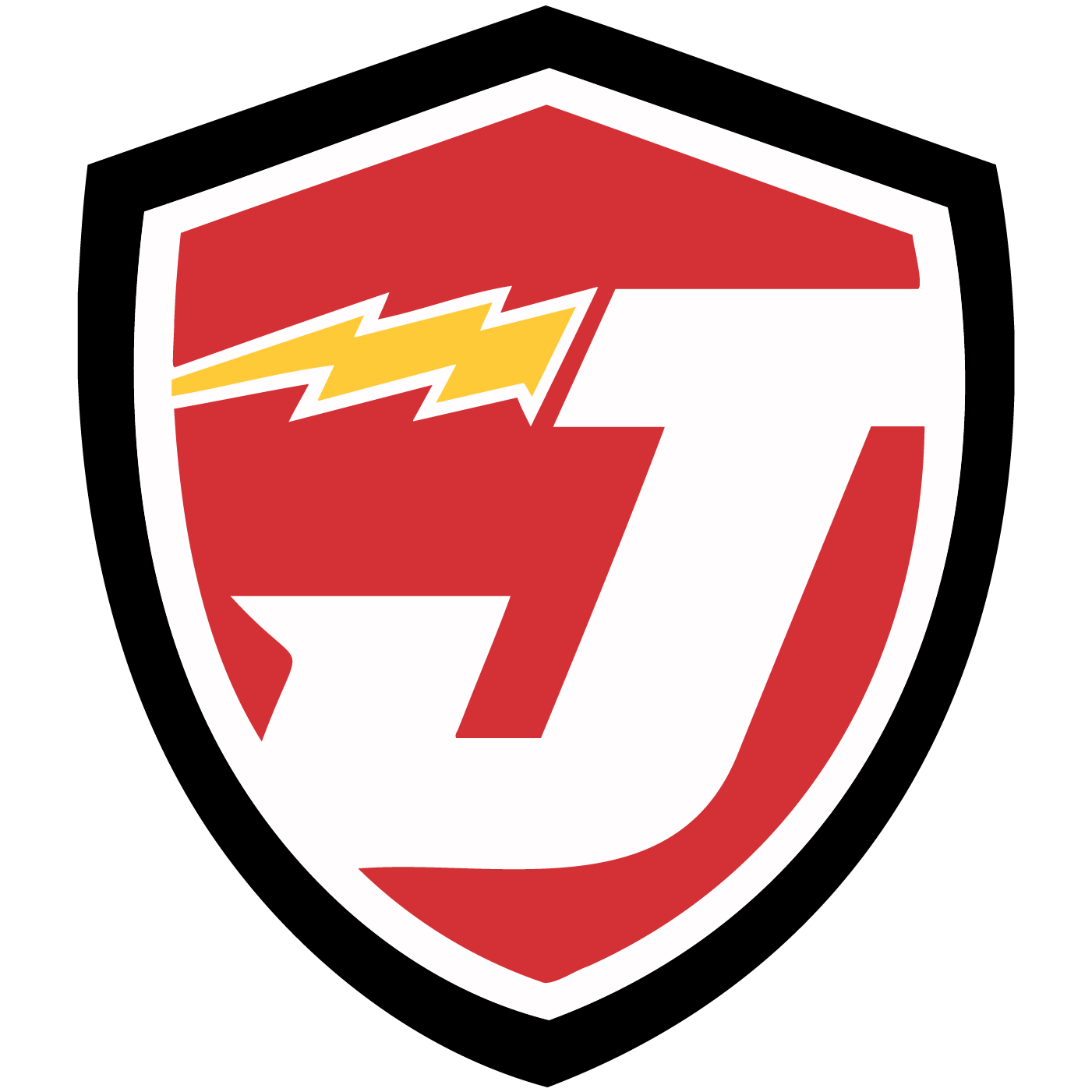Skip to content
Show submenu for ABOUT US
Show submenu for EMPLOYMENT
TITAN ATHLETICS
Show submenu for SCHOOL BOARD
Show submenu for PARENTS & STUDENTS
PARENTS & STUDENTS
STATE REQUIRED INFORMATION
Titan Learning Academy
Show submenu for COMMUNITY
Show submenu for DEPARTMENTS
Counseling
State Required Information
Licensed Personnel Policies
Classified Personnel Policies
Show submenu for
